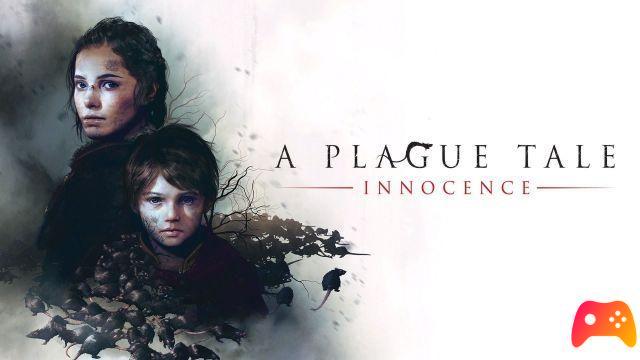
Guide on how to get Hugo's Herbarium plants in the title Asobo Studio.
In the gray and devastated world of A Plague Tale: Innocence it is possible to come across different flowers, notes of color that have not only a symbolic value but are also useful for completists. These in fact form theHugo's herbarium, 13 flowers needed to unlock the Herbalist and Botanist trophies, respectively silver and gold. This guide will list the places to find all the flowers of the A Plague Tale: Innocence Herbarium, to find out more about the game world outlined by Asobo Studio and get closer to the platinum trophy.
The plants are scattered throughout the various chapters that make up the game, and it is not necessary to find them the first time. Just select the chapter from the main menu choice, collect the flower and return to the menu for it to be registered correctly.
Having made this clarification, let's immerse ourselves in France in the 1300s to find all the flowers that make up Hugo's Herbarium in A Plague Tale Innocence.
Chapter 3 - Retribution / Retaliation (Carnation)
With its orange petals, Carnation is the first flower that can be found in A Plague Tale: Innocence and added to the Herbarium. In this part of the story Amicia and Hugo have escaped the village of Conrad, and are in search of the alchemist Laurentius. In the church they meet a monk. The carnation is found in the place where the monk originally stood, in the center of the square and near the trunk with the ax. Hugo will proceed to put the carnation in Amicia's hair for protection, as he will from here on with all the flowers. Appropriate, being a symbol of love and dedication.
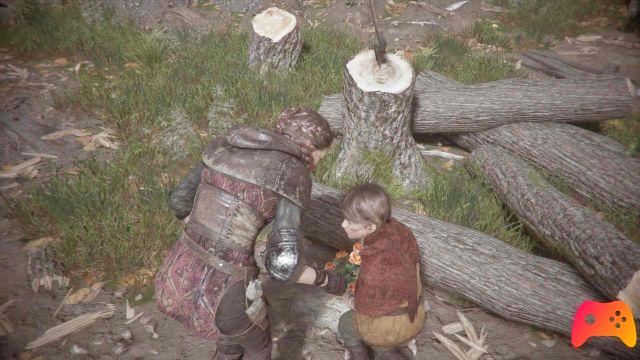
Chapter 4 - The Apprentice / The Apprentice (Aquilegia)
Aquilegia is located on Laurentius' farm. Before heading to the alchemist's house, just go around the house, beyond the pigsty. The purple flower will be found next to a tree with white bark, added as a symbol of sadness in the Herbarium.
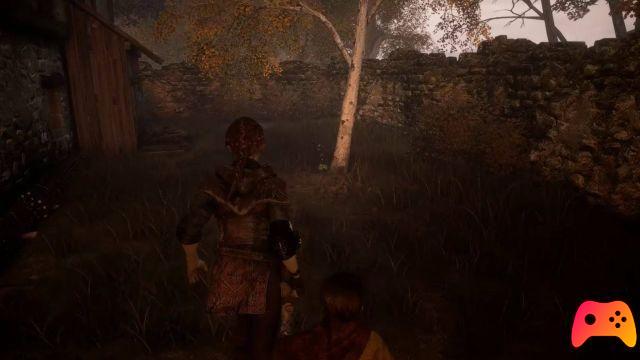
Chapter 5 - The Ravens' Spoils
The Gladiolo is at the beginning of the level, but to reach it you will need to reach a certain point in the clearing and do backtracking. Lucas will help you find it by smelling it in the air. Hugo will have fun with a shield, after which the three will set off. Instead of going straight and past the arch, head left and explore the area, as if you want to go back, and the gladiolus will reveal itself at the end of the path. The flower derives from gladius, a Roman short sword, and symbolizes strength.
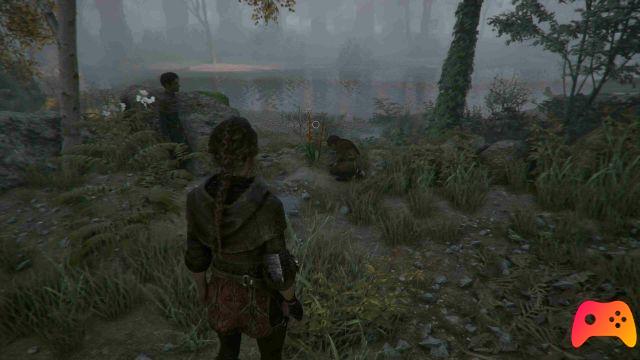
Chapter 7 - The Path Before Us / The Path Before Us (Hawthorn)
The Hawthorn is found in the ruins of the village that you have to go through with Melie to get to her hiding place. Once in the abandoned village, just head right until you reach the rubble of a building. Hawthorn is found inside. Linked to Christ, it is a symbol of hope.

Chapter 8 - Our Home / Casa Nostra (St. John's Wort)
The St. John's Wort is located at the Château d'Ombrage, in the same area of the cutscene where Amicia and Hugo hang the trinkets on the tree in memory of their parents. Another holy herb, it offers protection and light.
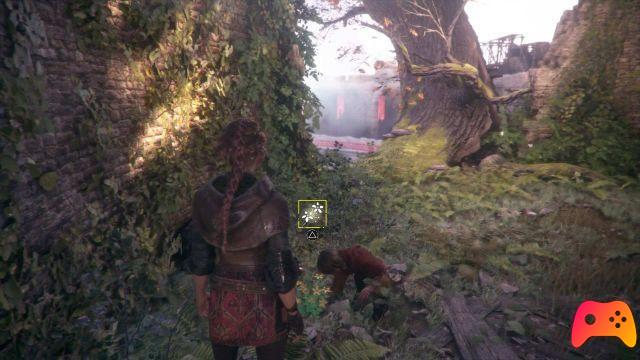
Chapter 9 - In the Shadow of Ramparts / In the Shadow of Fortifications (Lavender)
The Lavender is located a few steps from the start of the level, before climbing over and heading towards the city. The flower is behind a tree to the left of the path. The scent of its flowers could only be a symbol of loyalty.
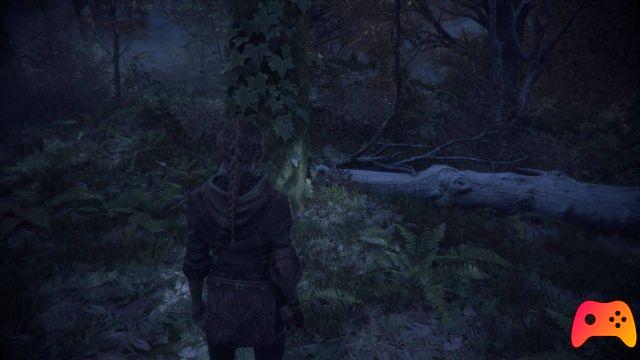
Chapter 10 - The Way of Roses / The Way of Roses (Margherita)
A daisy managed to grow in the university library. This can be seen after the cutscene that reveals the Grand Inquisitor Vitalis Bénévent, when Amicia is forced to get rid of two guards using rats. The mice are blocked by the light of a lantern, they must be freed and Odoris used to make them attack the guards. The Daisy is located in the narrow corridor where the rats were, and represents purity.
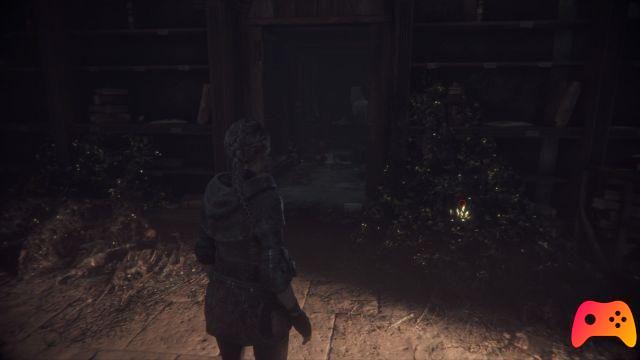
Chapter 11 - Alive / Vivo (Rhododendron)
After going down the stairs and before heading from Rodric to the center of the courtyard it is possible to catch the Rhododendron by following the road to the right. Due to the toxic properties of its honey, it has earned the emblem of danger.
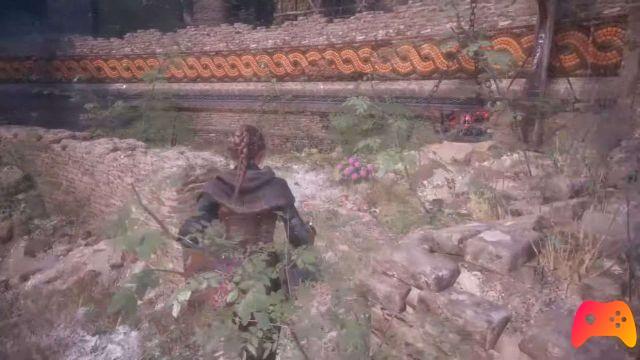
Chapter 12 - All That Remains
In this chapter Amicia returns to her childhood home completely devastated by the horde of rats. The Cinquefoglia is found shortly after going to Hugo's room, after leaving the building that gives onto the courtyard. Instead of going down the stairs, the cinquefoil waits on the left near a statue. It is said to symbolize maternal love.
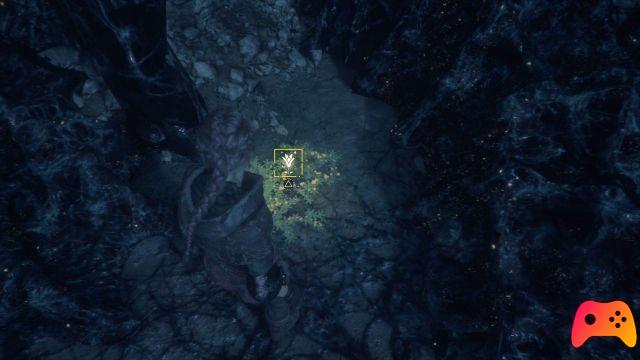
Chapter 13 - Penance / Penance (Narcissus)
In this short and dreamlike chapter Hugo escapes from the castle driven by the desire to save his imprisoned mother. Amicia will be able to reach him and free him from the guards who had promptly caught him. Hand in hand, the Narcissus is found immediately after the carriage with the horses, in the vegetation on the right. It takes its name from the character of the Greek myth, a symbol of vanity.
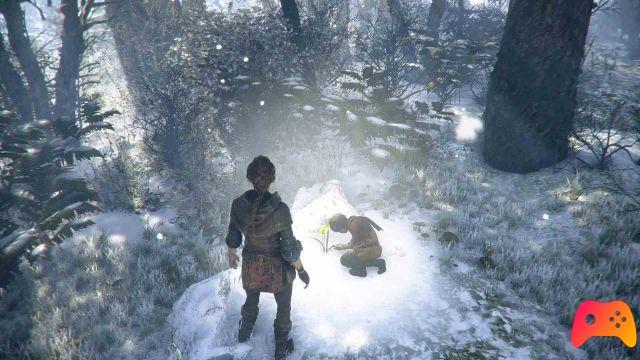
Chapter 14 - Blood Ties / Blood Ties (Black Belladonna)
The Blood Bonds chapter is unique in that it controls little Hugo, who follows Nicholas in hopes of seeing his mother again. The black nightshade is found in the courtyard just before what will be the prisons. To get to the flower you need to use stealth and get to the hedges on the far right from the entrance. Don't worry about Nicholas, as he won't continue if Hugo doesn't catch up with him. Black Belladonna is linked to witchcraft and the occult, also due to its toxicity.
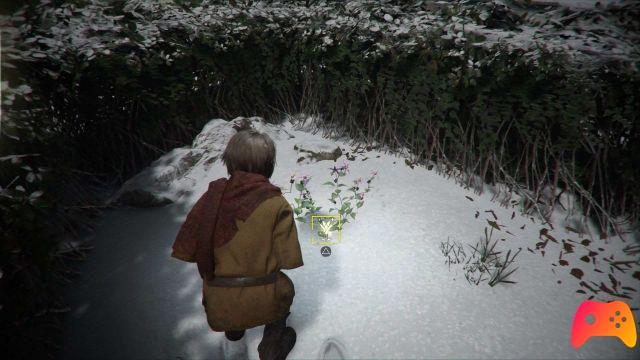
Chapter 15 - Remembrance (Saxifrage)
The chapter begins with Amicia in the square with the tree and the pendant seen in Casa Nostra. Going beyond the embers and the blacksmith tools, entering the castle and turning right, it is possible to collect the Saxifrage, between a bookcase and a wooden table. The saxifrage is a plant that infiltrates the rocks to survive, symbolizing the ineluctable.
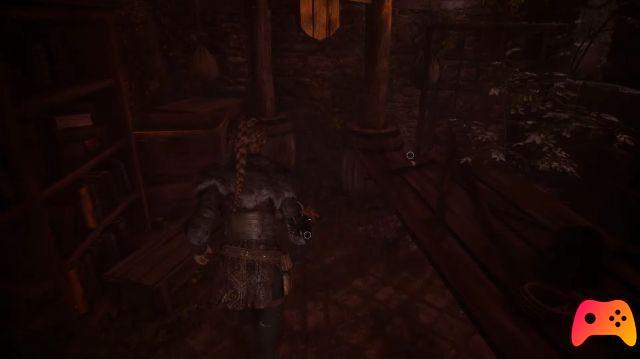
Chapter 16 - Coronation (Christmas Rose)
The Last Flower of A Plague Tale: Innocence is found only after getting rid of the guards as Rodric tries to break into the burning house. Among the various guards who will attack at that moment, one arrives from the right from a previously closed gate. The Christmas Rose is beyond that gate, on the left. The journey is drawing to a close, and Amicia certainly feels anxiety and worry: exactly what this black flower represents, used for unhappy diseases.
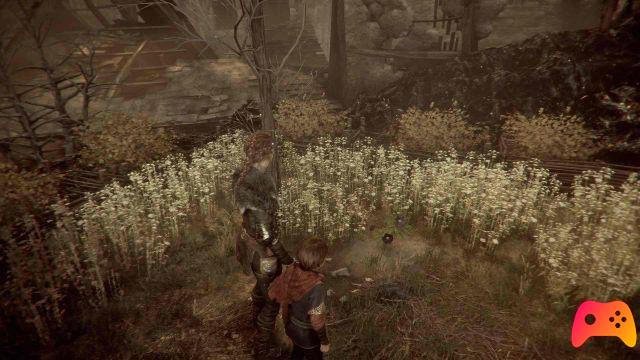
This concludes our guide dedicated to how to complete Hugo's Herbarium. We hope it has been useful for you to discover or rediscover A Plague Tale: Innocence, included in the Xbox Game Pass catalog, as well as PlayStation and PC. Here our review.
► A Plague Tale: Innocence is an Adventure-type game developed by Asobo Studio and published by Focus Home Interactive for PC, PlayStation 4 and Xbox One, the video game was released on 14/05/2019
A Plague Tale: Innocence is a beautiful game that cannot be missing from your collection: we have decided to evaluate it with a 85%, if you are interested in learning more you can read the Review of A Plague Tale: Innocence
The best guides on A Plague Tale: Innocence
A Plague Tale: Innocence - Trophy Guide
A Plague Tale: Innocence - How to defeat bosses
A Plague Tale Innocence - The Chariots of the Alchemists






